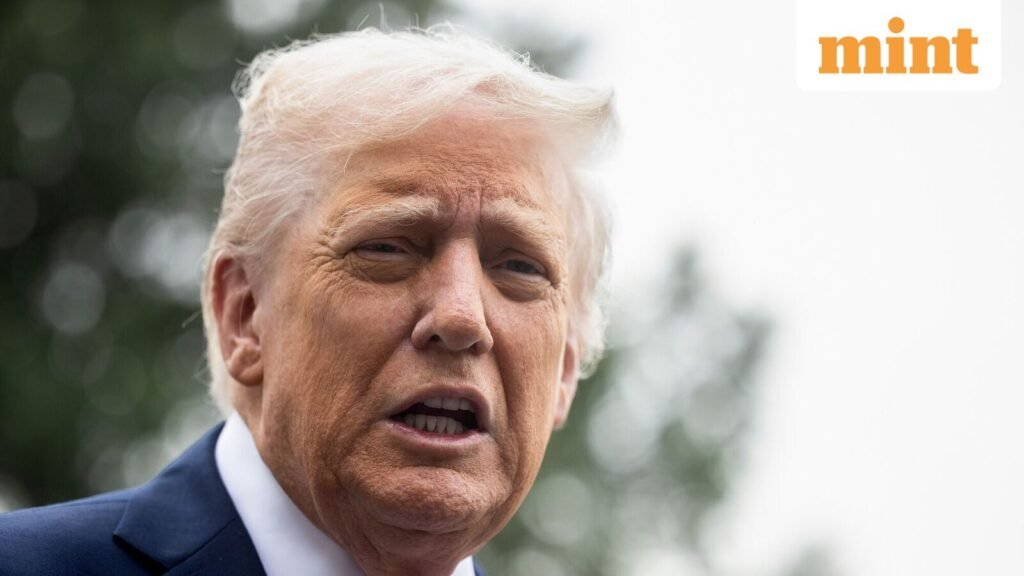Federal agencies are getting ready for a potential government shutdown with specific plans that involve temporary furloughs rather than permanent layoffs, despite the White House urging agencies to factor in possible staff reductions in their preparations.
As of Monday afternoon, at least eight cabinet-level departments, which together represent over two-thirds of the federal workforce, had released their shutdown strategies. Collectively, these plans include furloughing more than 400,000 employees deemed nonessential, according to Bloomberg.
What is a shutdown furlough?
A shutdown furlough occurs when employees are placed in a temporary status where they do not work and do not get paid. The current process for shutdown furloughs in executive branch agencies is mainly guided by opinions from the Office of Legal Counsel at the Department of Justice, which interpret the Antideficiency Act, including Title 31, Sections 1341-1342, of the US Code. This act generally forbids agencies from accepting voluntary services or employing personnel beyond what is legally authorised, “except for emergencies involving the safety of human life or the protection of property”.
During a shutdown, agencies may lose the authority to use certain funds due to a temporary lapse in annual appropriations or the expiration of laws authorising access to funds. When funding lapses, agencies must stop their activities and furlough employees, except for specific exceptions.
A shutdown furlough is classified as an adverse action, meaning employees have certain rights to notice and appeal according to relevant regulations. Agencies must notify employees of the furlough as soon as possible. The procedures for implementing a furlough do not change based on its length. According to OPM guidance, “For most employees, shutdown furloughs lasting 30 calendar days or less (22 workdays) are covered by … adverse action procedures”.
Even if the furlough lasts longer than this, it is still treated under adverse action procedures because the exact length of the furlough is unknown at the start, according to the Congress.gov. OPM states, “When the shutdown furlough goes beyond 30 days, agencies should treat it as a second shutdown furlough and issue another adverse action or furlough notice.”
Impact of shutdown furloughs on leave and benefit
Before 2019, employees furloughed during a government shutdown were not entitled to retroactive pay for those furloughed days. However, historically, federal employees who experienced furloughs during shutdowns did receive retroactive pay because of legislation passed to that effect.
Following a prolonged shutdown in fiscal year 2019, Congress and the President passed the Government Employee Fair Treatment Act of 2019 (P.L. 116-1), which now legally requires that furloughed employees receive retroactive pay once the lapse in appropriations ends.
The Antideficiency Act mandates that agencies cancel any paid time off that was scheduled during a shutdown furlough. In many cases, a shutdown furlough does not impact the accrual of annual or sick leave.
According to OPM guidance, “If the employee was scheduled to be in a pay status but for the furlough, the employee will receive the employee’s regular pay for furlough periods, and there will be no effect on the accrual of annual and sick leave.” Generally, benefits like health insurance continue throughout a shutdown furlough, although federal employees may have to wait until they return to pay status to make adjustments to their benefits.




